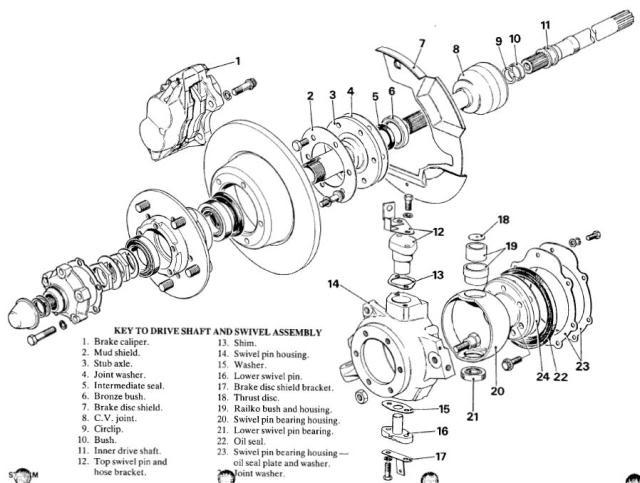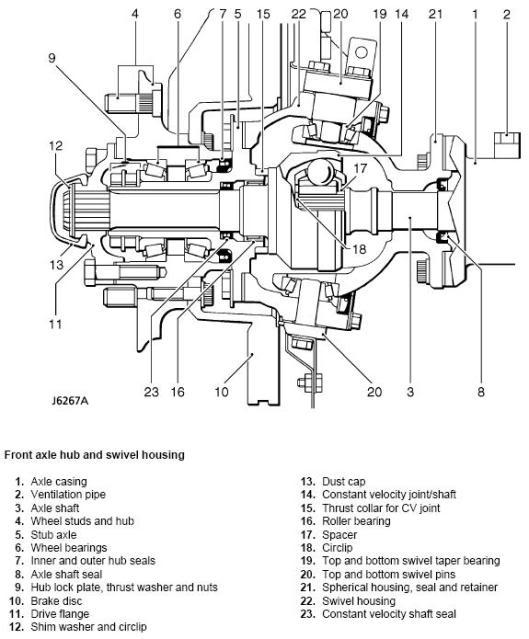I'm more worried about the amount of oil that's trying to lubricate my brakes, than what's left to lubricate the diff and cv's.
I've had a hub seal go before on the front left when driving. This is where the road sends a good supply of diff oil, even the comparitively small amount that the swivel contained caused a huge mess.




 Reply With Quote
Reply With Quote







Bookmarks